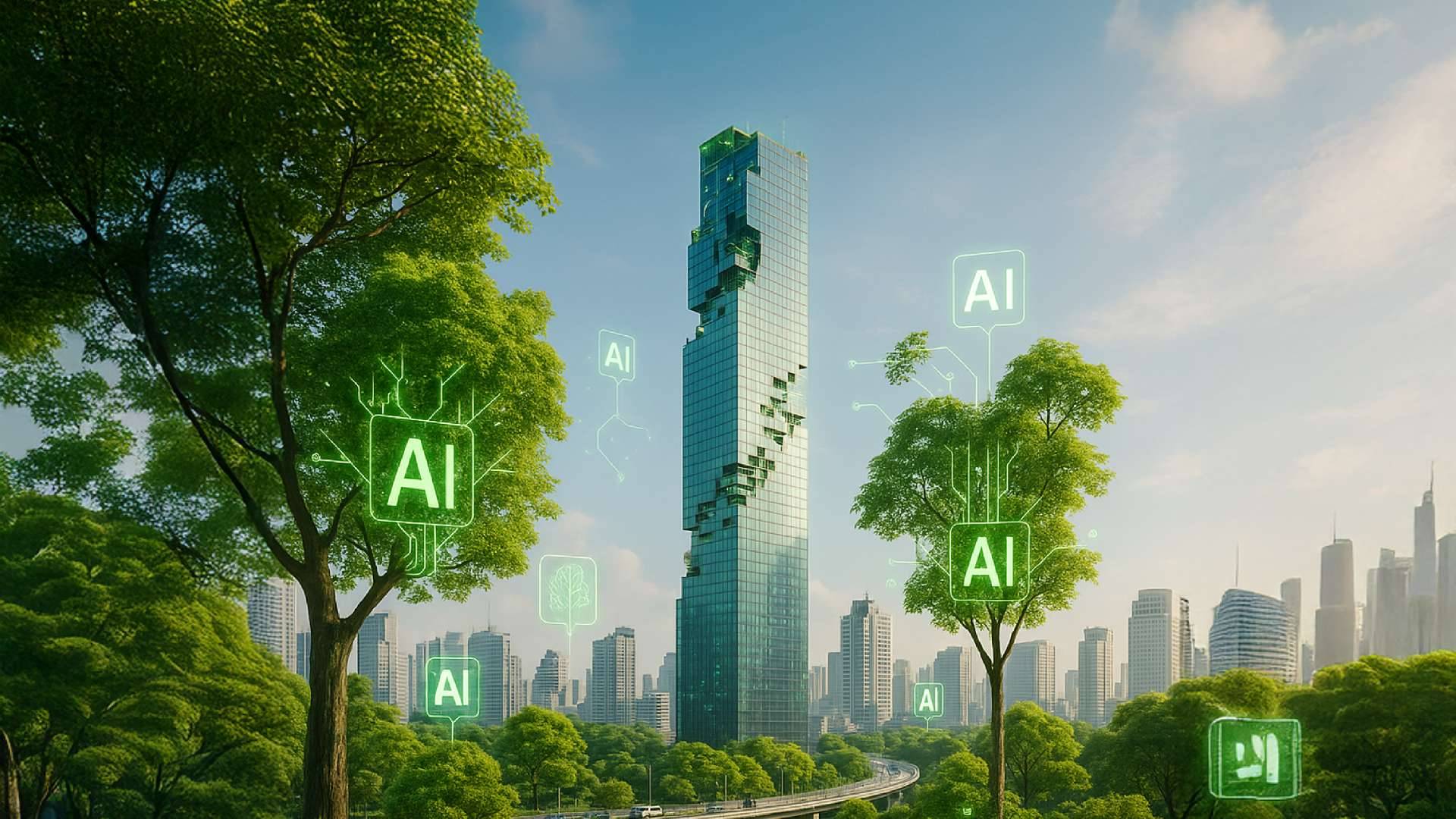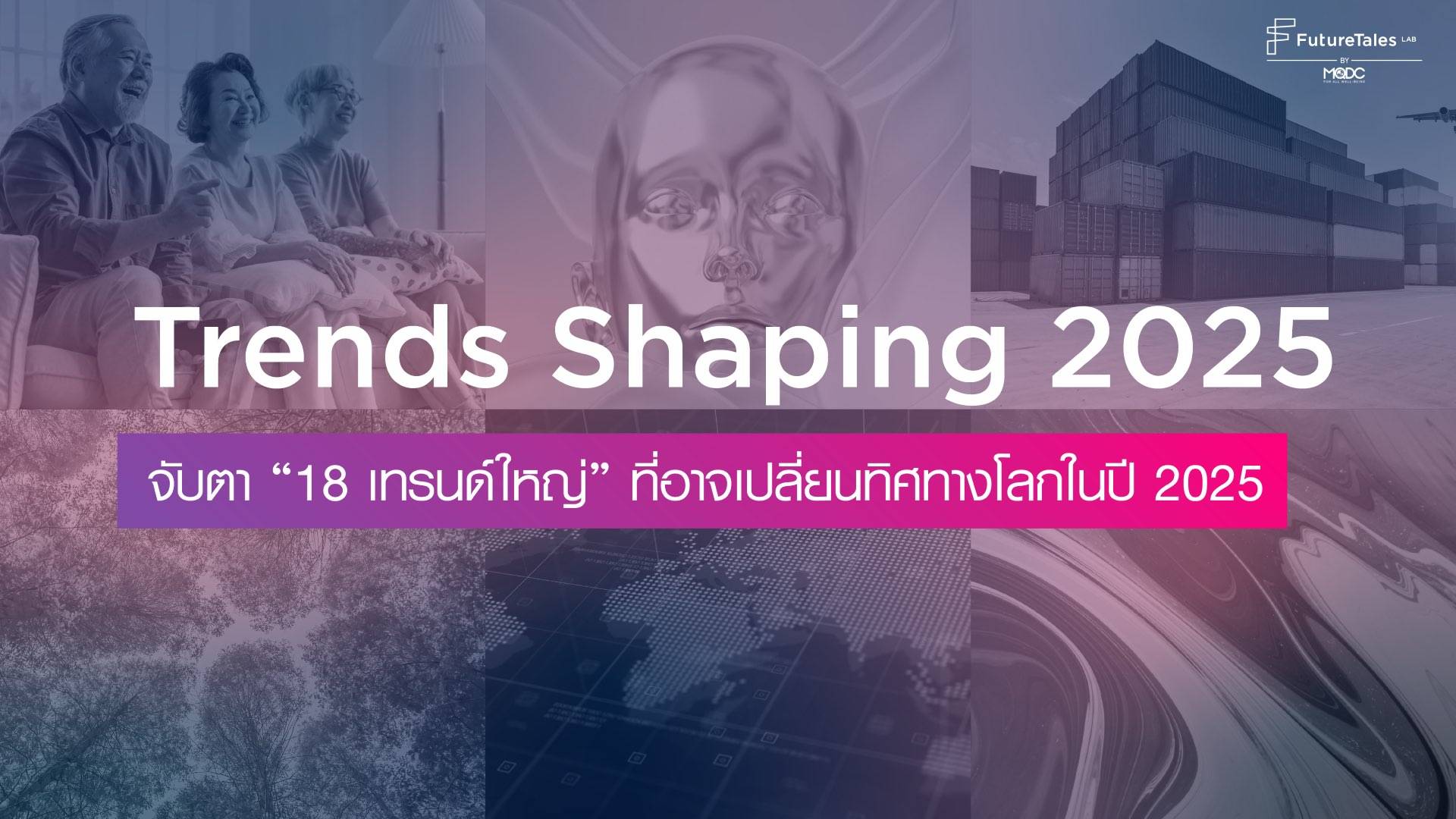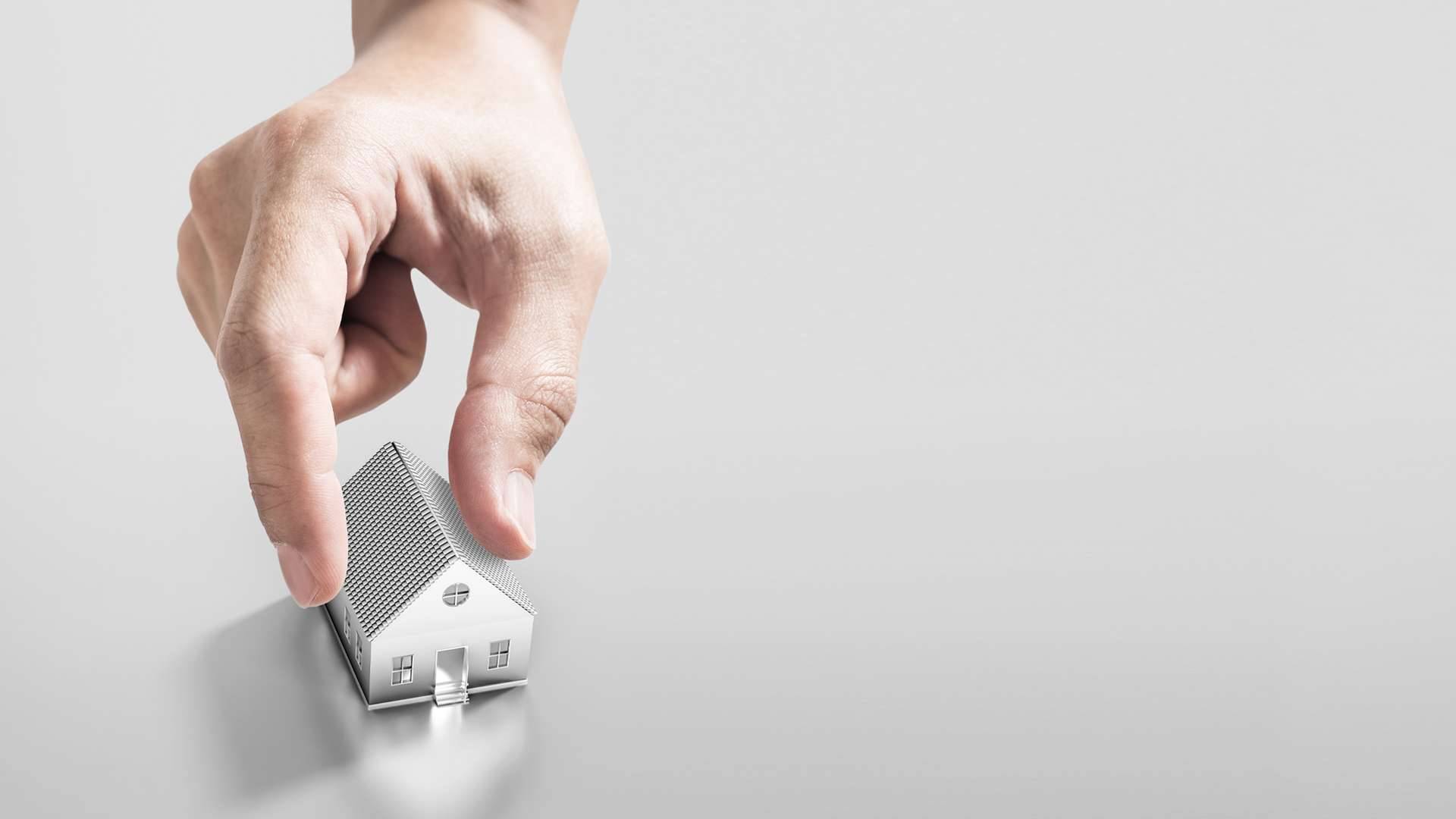
10 Post-COVID-19 Trends
ARTICLES | May 18, 2020
The COVID-19 pandemic continues to have major impacts on all aspects of life, from economics to politics, to healthcare and societal norms. As such, it is important to look at the lasting effects of COVID-19 and how they will shape our future lives. Using foresight tools and analysis, FutureTales Lab looked at changing landscapes caused by COVID-19 and how they will accelerate the development and implementation of advanced technologies.
Below are 10 trends FutureTales Lab predicts will take shape in the aftermath of COVID-19, covering areas such as healthcare, robotics, and personal values. As the world navigates through the COVID-19 storm, FutureTales Lab believes it is equally important to start planning for the future to expedite the return to normalcy.
1.Social Structure – A new social structure will emerge with common rules and regulations, globally. These will be universal and focus mainly on health and security. Backed by the emergence of IOT infrastructure and systems, people are increasingly likely to give greater importance to health and quality of life. People will tend to sacrifice personal data and privacy in return for greater protection of health, properties, and the well-being of their families.
One clear example of voluntary sharing of personal data is in Taiwan, where the response to COVID-19 has been internationally acclaimed. There, citizens are working together with their government to contain the spread of COVID-19, in contrast to other countries' policies of having the government dictate sweeping protocols. They share personal information such as their location and travel history, and that data is compiled along with information from Taiwan’s National Health Command Center, a crisis management center set up after the SARS outbreak of 2003. These systems have been critical in Taiwan’s exemplary response to COVID-19 and have protected its citizens. Such systems require a buy-in from citizens, which may be difficult, particularly in western countries, however, they will be replicated and improved upon.
2.Resilience & Agility by Force – Although trust between individuals will tend to diminish after the COVID-19 pandemic, collaborations between organizations and industries are expected to increase. The government sector, however, might take longer to adapt to changes and will be more subject to adjustments. Fundamental laws will be altered. Online meetings/conferences will also become available and accepted. This crisis might lead to a drastic, but positive, change in the economic landscape. It means government and business organizations can take advantage of the current situation by providing their staff and workers with free online training, or redesigning a new work process that can reduce the use of organizational resources.
Already we are starting to see meaningful action taken by governments and private companies aimed to accommodate the realities of COVID-19. In Thailand, it is estimated that under 30% of total workers have the means and ability to work from home. That said, many major corporations have shifted their workers to working from home, such as True Digital Group, which has a 100% work-from-home rate for an employee base of around 1000. Similarly, manufacturing giant Unilever has instructed its in-office staff to work from home, but has kept its manufacturing facilities operational, albeit following strict social distancing and sanitation protocols.
The Thai Government has also amended its decree to allow for corporate meetings, such as Board Meetings and Shareholder Meetings, to be held virtually. Previously, Thai law mandated that one-third of the members of the meeting be present and all members be attending, in some form, from Thailand
Elsewhere, depending on economic makeup, countries are seeing varying degrees of work-from-home acceptance. In Finland, an economy where the majority of workers are in the services sector (which covers all economic activity that doesn’t produce material goods), roughly 76% of workers are working from home entirely or almost entirely.
Meanwhile, in the United States, only around 29% of workers are working from home due to two major factors. The first is the breakdown of the labor force by occupation, which see a higher percentage of workers employed in fields such as agriculture manufacturing, and the other, and perhaps more saliently, COVID-19 has caused the real unemployment rate to reach a staggering 20.6%.
3.Global Emotional Crisis & Touchless Society – An emotional crisis will spread among people who struggle to adjust to not being able to live a normal life. A “silent killer” amidst the pandemic is the deterioration of mental health from people in quarantine and isolation. The Kaiser Family Foundation estimates that 45% of people have seen their mental health be negatively impacted by COVID-19. The stress of uncertainty and general worry is being compounded with job loss, distancing from family, and economic woes. It can lead to unbalanced thoughts and emotions.
Younger generations are also likely to grow up removed from traditional greetings such as handshaking or hugs, and will enter an economic ecosystem centered on contactless consumption of goods and services. Sales in traditional retail stores will be replaced by those in online channels, such as in the apparel industry, where executives estimate a 13% growth in online penetration. In the service sector, we are already seeing robots being implemented, such as robot baristas and artificial intelligence-infused cleaning robots used to disinfect hospitals. In China, Huazhu Hotels Group has already ordered 5,700 robots to enhance their contactless services.
Co-working spaces, in order to survive the pandemic, will need to be transformed into sharing spaces with designated boundaries or more dedicated space for individual use. Contactless space will be more prevalent and generally equipped with voice recognition and AR.
4.Public Space/Indoor Technology with Health Factor – Decreased public trust and rising safety concerns over public places will lead businesses to design more reliable responses and develop tools to make people feel more comfortable and safe. The Research and Innovation for Sustainability Center (RISC) at MQDC, parent company of FutureTales Lab, has been working with the National Science and Technology Development Agency (NSTDA) to install electrostatic air purifiers in central Bangkok. With air pollution, chiefly PM2.5 pollution, being linked to higher rates of COVID-19, the stride towards cleaner air has never been more paramount. Harvard University researchers have determined that “an increase of only 1μg/m3 in PM2.5 [particles] is associated with a 15% increase in the Covid-19 death rate”, and more recently, the COVID-19 virus has been found on air pollution particle matter.
For indoor spaces, where air quality is much more controlled, emphasis is being placed on the cleanliness of public spaces and surfaces. Sanitizing systems have become as important as air conditioning, water supply, and electricity systems. In a McKinsey survey, 53% of retailers said they expect they will have to close underperforming stores in the wake of COVID-19. Without proper adaptation, offline retail will likely take an irreversible hit as the benefits of offline sales - higher margins, human-human selling techniques, etc - will be superseded by the comfort and safety of e-commerce.
5.Prioritizing Space over Convenience – Home-buying decisions are changing. In the past, high-rise residences were packed in metropolitan locations, particularly those in proximity to rail routes; the most coveted real estate was in areas of high convenience. Yet, the current outbreak is influencing how people will work in the future, and thus will cause a shift in prioritization when deciding on a new home. Office workers, for example, can work from home without needing to go to the office every day, making the home more multifunctional and residents placing a premium on space.
Though, not everyone will have the luxury or opportunity to sacrifice convenience for space, and are struggling to make due. One study showed around 17% of children in households with yearly income exceeding US$87,000 do not have a dedicated room in which to study while learning from home. That percentage rises to 40% for children in households earning less than US$25,000 per year.
6.Everything at Home – While acting on prioritizing space over convenience may not be feasible for everyone, it does not change the fact that the current virus outbreak is causing the economy to be developed at home. This changes how people live as they become more accustomed to staying home. Activities such as work, exercise, and recreation are now being carried out at home, altering the requirements people have for their living space. They will want a home that can facilitate a variety of activities. Property developers need to consider this when designing new condominiums, as consumers will demand they provide enough space, private or shared.
Businesses too need to adapt to this new landscape. Public services like museums and libraries are already adapting to both current closures and planning for their future reopening. Some zoos and museums have found creative ways to engage the public, such as hosting tours via social media, using animals or exhibits as teaching exercises during live streams, and even have begun work on incorporating virtual reality so guests can “visit” while at home. Libraries, of which many already have a digital catalogue, are repurposing their spaces as safe places for emergency services, sheltering homeless people, and eventually, once they reopen, providing free wifi for those who do not have access in their homes.
In Thailand, where lockdown protocols have prohibited restaurants from having dine-in guests, food delivery services are booming to US$ 249 Million in 2020 or up to 9.1 Million users. This service is expected to continue to grow to US$ 413 Million by 2024. Policy makers at these companies are working with their drivers to ensure the health and safety of their employees and their clients with policies like contactless delivery.
7.Proactive Healthcare Platforms – With the COVID-19 pandemic hitting the world, platforms for healthcare and disease prevention have become increasingly important. City infrastructure, buildings, and houses will need to be equipped with physical and mental healthcare platforms as a fundamental service.
In the short-term, advancing telemedicine practices has been critical in keeping hospitals from overcrowding and allowing patients to speak with doctors while on lockdown. In the US, Teladoc Health saw a 50% increase in their telemedicine services through March 2020, while the US government is investing in improving connectivity between patients and doctors. Elsewhere in Sweden, KRY International, another telemedicine service provider, has seen rates of use jump 200%.
In the short-term, advancing telemedicine practices has been critical in keeping hospitals from overcrowding and allowing patients to speak with doctors while on lockdown. In the US, Teladoc Health saw a 50% increase in their telemedicine services through March 2020, while the US government is investing in improving connectivity between patients and doctors. Elsewhere in Sweden, KRY International, In the long-term, medicine will be approached from a proactive standpoint with the help of advanced robotics and wearable technology. This technology will be able to collect health data in real-time through sensors voluntarily embedded into patients. When signs of disease or complications are detected, nano-robots will be able to address certain ailments where today invasive surgery would be needed. telemedicine service provider, has seen rates of use jump 200%.
8.Last-Mile & Same-Hour Logistics – Consumer shopping behaviors have been trending towards online retail for years, with global e-commerce sales growin 211% from 2014-2019. COVID-19 lockdown protocols have all but eliminated the ability to shop at a brick and mortar store, in both the retail and food service industries, and have created a strong demand for short-distance transport - within a radius of 1 km - as well as same-day and same-hour delivery. There are lessons to be learned from Chinese e-commerce giant JingDong (JD.com), who revolutionized e-commerce logistics to meet the timely demands of Chinese shoppers. Usings a combination of in-house logistics with warehouse automation, advanced forecasting algorithms, and optimized delivery routes, including drone delivery to remote areas in China, JD is able to provide same-day delivery even on the busiest of shopping days.
Last-mile logistic providers, especially in urban areas, have a major opportunity. In North America, where e-commerce penetration is high, albeit with comparatively lengthy delivery times, the last-mile delivery market is expected to reach US$51 billion by 2020. In Thailand alone, this market is expected to reach US$ 1.19 Billion. To achieve this type of scale, businesses in crowded urban areas will need to quickly adapt and will start investing in drone delivery technology, an industry itself projected to reach US$ 12.6 Billion by 2025.
9.Wearable Devices – Prioritizing Health & Safety over Privacy – Growth is expected for wearable electronic devices, such as watches, bracelets, and glasses. Wearable tech today, such as smartwatches, provide estimates of statistics like heart rate and the number of steps taken, but advanced sensor technologies, such as stretchable sensors worn on the skin or patches worn on teeth, will be able to provide a more accurate biometric read. This data will then be beamed to smartphones where apps will provide comprehensive analyses. It is estimated that the global market for wearable technology will reach US$ 17 Billion by 2021.
This type of technology provides an immediate benefit to people living with disabilities, and will be a luxury utilized by all as a means to enhance personal health and safety. That, of course, comes at the cost of sacrificing personal data, which will take time to be mass adopted. For example, applications that collect personal data such as real-time location and biometrics, will be able to alert the user of health risks like the onset of illness or overexposure to dangerous air pollution. Safety and privacy will be a matter for consideration and will supersede protection of personal data.
10.Super Food & Food Supply Chain Transparency to Personal Food Supply – Most consumers today eat by way of habit and view food as a tool for psychological benefits, such as taste and socialization. With access to diverse foods more limited due to COVID-19 lockdowns, as well as restrictions in place to areas of recreation like gyms and parks, consumers are more aware of their food’s nutritional and health values. Everywhere from food blogs to centers for public health to social media, one can find tips on healthy eating during COVID-19, with emphasis being placed on maintaining a healthy diet once the pandemic is over. This mindset is expected to last.
A coupled effect of consumer demand for trustworthy standards of safety and hygiene in store-bought foods along with global food scarcity has pushed many consumers to start growing their own food. This urban farming has become a necessity in places like Singapore, where 90% of its food is imported. The Singapore government is promoting urban farming practices in hopes to achieve 30% locally produced food by 2030. Globally, systematic urban farming practices could produce up to 180 Million tons of food each year, which would help to bring access to healthy food to people in need.
Conclusions
By all expert accounts, we are still in the early stages of the COVID-19 pandemic, which means that emerging trends and cultural shifts are ever evolving. The speed and degree in which they do evolve depends greatly on the quality of public health in different regions and how fast we as a global community can recover from COVID-19.
COVID-19 is shifting multiple paradigms and across various levels, from governments to organizations to individuals. The 10 future trends we expect to emerge in the wake of COVID-19 represent areas within those paradigms and can be viewed on a broad scale: citizens demand that governments and governing bodies take a more active role in public safety; a deeper infusion of advanced technology into all aspects of life and business; structural, functional, and mental changes to the way humans choose to live their lives.
What to look out for:
Business and personal philosophies driven by a desire for ‘trust’ and ‘safety’
- Healthcare and Technology Convergence: a full launch of new, emerging health-tech grounded in and adopted with an open mind and desire for good health
- Virtual Client-Patient Relationship: More intricate and nuanced virtual healthcare marketplace
- De-globalization of Supply Chain: Higher scrutiny in risk-management with regard to supply chains, leading to development of local economies











